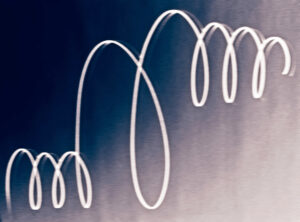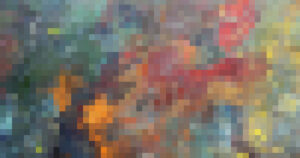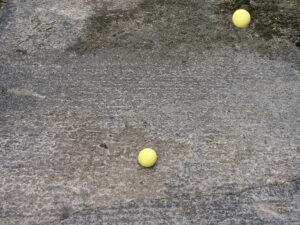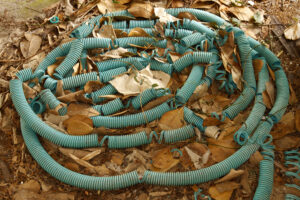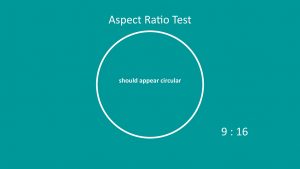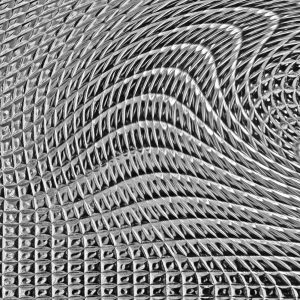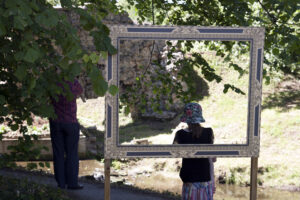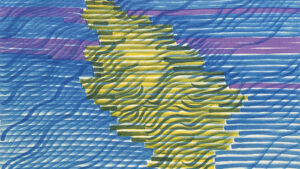
In his 1968 book Le Système des objets[1] Jean Baudrillard rather elegantly posed the question, in French, whether a refrigerator could be an ‘objet’[2].
It is important to understand exactly what is meant by ‘objet’ as a direct translation to English would lose the nuance and precise meaning. Baudrillard himself quotes the French dictionary Littré, which gives amongst others the following meaning: ‘Tout ce qui est la cause, le sujet, le motif d’un sentiment, d’une passion’ which can be translated as ‘Anything which is the cause, subject or driver of a passion’. Essentially something that provokes deep emotion.
Baudrillard’s answer was predicated on making an interesting distinction between the function of an artefact and whether there was any meaning or feeling beyond the intended utilisation of the artefact.
I have used the word artefact deliberately as it avoids the use of a direct translation of the French word ‘objet’ to ‘object’ in English.
As Baudrillard pointed out, and is confirmed by Littré, an ‘objet’ requires passion to elevate it beyond the status of mere object.
That passion is evident in all collectors, although it can vary in form, and is central to the formation of any collection. Collectors are driven by that passion, which leads to a connection to the artefacts which in turn begs the question: “Which owns the other?”. Does the collector own the artefact or the artefact hold power over the collector?
Whether the desire to collect is inherent in us all or just some people and how and to what degree the desire is sparked and influenced by chance and life experience is a separate debate which I’ll leave others to explore.
What is certain is that we all, to some degree, have a need to acquire things. At its most basic level food and shelter. That applies widely to other species as well and it’s not uncommon both in humans and other animals that more is acquired than is needed for immediate use, primarily as contingency against future adversity.
When humans take that to the extreme it can lead to hoarding and there’s a fine line between hoarding and collecting. It would appear, that in humans at least, there is some form of emotional bond or comfort between a hoarder and the hoard, which is a mild form of passion. Hoarding though does not fulfil all the criteria for a collection.
The distinction between a hoard and a collection can be characterised by the input of the collector. This includes the existence of a bond beyond comfort between the collector and the artefacts, some kind of order or theme devised by the collector and a degree of knowledge or expertise by the collector about the theme and the artefacts themselves. All that based on a curiosity about them and their place in culture.
As someone who is part of a family of collectors, there is no doubt in my mind that whilst the strength of the urge to acquire and collect may be genetic the specialism is not. My interests and collections differ considerably from those of my siblings and other generations. The value and beauty of any collection is very much in the eye of the beholder and the personal bond with each artefact in the collection based on research, experiences and even the process of acquisition.
Which brings me back to Buadrillard’s refrigerator question. My answer to that is a resounding YES, a refrigerator can be an ‘objet’, I know of one that was.
My father was, whilst I was growing up, a refrigerator engineer. In his capacity as Chief Engineer he brought home a prototype model for ‘an extended domestic trial’. That trial lasted over 25 years, actually well beyond the demise of the manufacturer. It came to represent an archetype of good engineering and to be a comment on society, as the demise of the company was directly related to the market being flooded by cheap alternatives which lasted only a fraction of the time.
Amongst the things I discovered whilst sorting through my late father’s effects was his work briefcase containing his collection of papers and artefacts. Amongst them a series of photographs of the fridge, apparently taken for use in marketing and advertising. Quite clearly his choice in saving and carefully filing them reflects a bond beyond its utility and how fondly he felt for the beloved brainchild that shaped the lives of our family.

So, whilst the artefact itself was finally turned off and replaced with a smaller more compact model, the memory lives on and the secondary artefacts, the photographs, are now objets themselves and in my collection reflecting an unbreakable bond between my family, shared memories and the original objet itself.
[1] Jean Baudrillard, Le système des objets, Paris, Gallimard, 1968 ISBN : 9782070283866 – There is more than one translation from his original French to English, I would point to that by Roger Cardinal in The Cultures of Collecting as an excellent one.
[2] « Si j’utilise le réfrigérateur à fin de réfrigération, il est un médiation pratique: ce n’est pas un objet, mais un réfrigérateur. Dans cette mesure, je ne la possède pas. La possession n’est jamais celle d’un ustensile, car celui-ci me renvoie au monde, c’est toujours celle de l’objet abstrait de sa fonction et devenue relatif au sujet. A ce niveau, tous les objets possédés participent de la même abstraction et revoient les uns aux autres dans la mesure où ils ne renvoient qu’au sujet. Ils se constituent alors il système grâce auquel le sujet tente de reconstituer un monde, une totalité privée.
“The fact that I make use of a refrigerator in order to chill things, means that the refrigerator is defined in terms of a practical transaction: it is not an ‘objet’ so much as a chilling mechanism. In this sense, I cannot be said to possess it. Possession cannot apply to an implement, since the artefact I utilise always directs me back to the world. Rather it applies to that artefact once it is divested of its function and made relative to a subject. In this sense, all ‘objets’ that are possessed submit to the same abstractive operation and participate in a mutual relationship is so far as they each refer back to the subject. They thereby constitute themselves as a system, on the basis of which the subject seeks to piece together his world, his personal microcosm.
Thus any given object can have two functions: it can be utilised, or it can be possessed. The first function has to do with the subject’s project of asserting practical control within the real world, the second with an enterprise of abstract mastery whereby the subject seeks to assert himself as an autonomous totality outside the world.”



